All posts by Phillip Oberdorfer

The Beauty of Vortex Streets
Vortex streets occur quite frequently in nature and are relevant in a variety of technical applications. This fluid mechanics phenomenon can also be quite beautiful to watch!
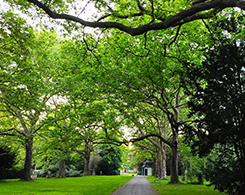
A Tour of the Famous Scientists Laid to Rest in Göttingen City Cemetery
Take a tour through the history of science at the historic Stadtfriedhof city cemetery in Göttingen, Germany, to learn about some of the greatest scientific heroes of the twentieth century.
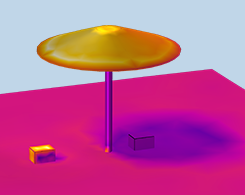
The Importance of Thermal Radiation in Your Models
Conduction and convection tend to get more attention from simulation engineers, but radiation plays an important role as well. Learn how (and why) to account for thermal radiation in your models.
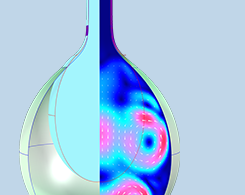
How to Model Fluid-Structure Interaction in a Water Balloon
They’re not just for playing games in the backyard: Water balloons are also an example of fluid–structure interaction in a nonlinear elastic material. Learn how to model this effect…
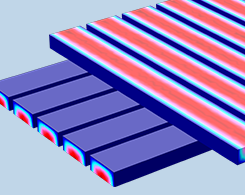
How to Save Computational Time with a One-Way Coupling Approach
Simulating heat transfer in fluids with forced convection can be very computationally expensive. Did you know that you can save a lot of time and resources with a one-way coupling approach?

Best Papers and Posters from the COMSOL Conference 2016 Munich
Laser beam-matter interaction, keyhole formation, and beverage refrigeration are just a few of the topics featured in the top papers and posters from the COMSOL Conference 2016 Munich.

Photos from the COMSOL Conference 2016 Munich
At the COMSOL Conference 2016 Munich, 300+ attendees learned about multiphysics modeling, gained inspiration for their own projects, and connected with engineers and simulation specialists.
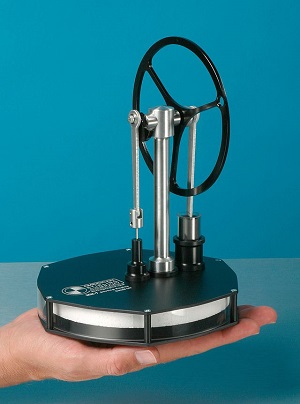
How Can I Build an Efficient Stirling Heat Pump?
Did you know that heat pumps are also called Stirling engines? These systems can operate on incredibly low temperature differences — some only need human body heat to work!
